- BY tictac
- POSTED IN Tools of The Trade
- WITH 0 COMMENTS
- PERMALINK
- STANDARD POST TYPE
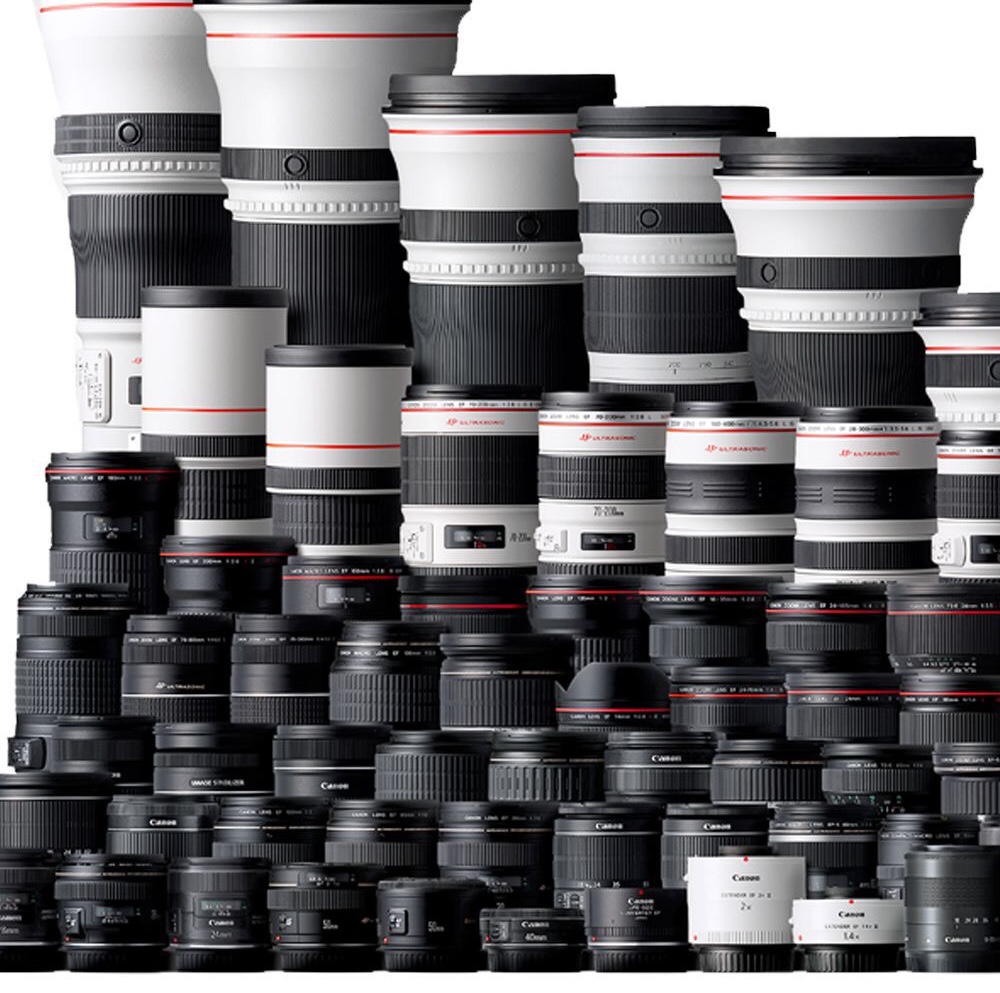
A beginner in the field of photography, must practice to take all sorts of photographs initially and then specialise in the field that interests him most.
For a beginner it is recommended that the camera and lens initially purchased should be for general purpose.
Some of the most sought after fields of photography are as under:
1. Wildlife
2. Birds
3. Landscape
4. Street
5. Portrait
6. Travel
7. Food/Product
8. Sports
9. Candid
10. Macro/close-up
11. Events
12. Night
Depending on what you want to photograph, you will have to look at options available to buy the equipment. I would suggest that it is the lens which is mainly responsible for image quality followed by the camera. Lenses are for life. You can keep upgrading or changing your camera.
The Camera body-When buying a camera, first and foremost, it must meet your personal needs- does it feel comfortable to hold and operate?
The first step towards camera buying is to understand the two different kind of formats available in DSLR segment. DSLR cameras have either a Full frame sensor (24mm X 36mm) or a Crop frame sensor that crops the field of view. With crop-factors of 1.3 to 2.0. Also range of pixels varies from one camera to another. A factor that affects the image quality in a digital camera is the physical size of the sensor.
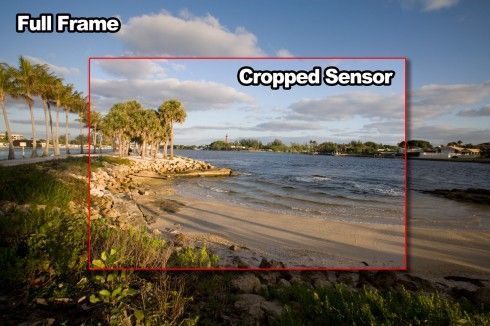
In the old days, the size of the film or the negative was 24mm x 36mm. A full frame camera sensor is one whose size is same as that film. With a full frame sensor the effective focal length of your lens and the magnification don’t change. A 300 mm lens will magnify your subject about six times, and a 500 mm lens will magnify it about 10 times. A full frame sensor produces better image quality than a crop frame sensor.
A crop frame sensor can benefit a bird photographer because its narrower field of view acts like an extender to the lens, but with an important difference. While an extender reduces the lens speed, a smaller sensor crops the view that the lens projects without reducing the amount of light that reaches the sensor. The size of the sensor affects the depth of field.
The crop sensor camera is usually referred by it’s crop factor. Canon, Nikon and other camera manufacturers have 1.5x, 1.3x, 1.6x or 2x and so on.
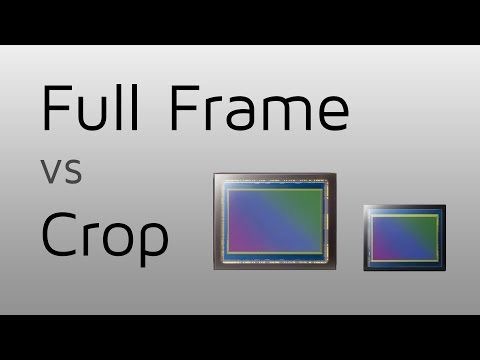
When you are choosing a camera to buy, you need to keep the these points in mind:
1-Camera Resolution–
This is the image’s degree of fine detail. Higher resolution means more image detail.


Beginners do not have to worry about the mega pixels unless they plan to submit their images to stock photography, competitions, doing commercial photography or plan to crop their images a lot.
2-Frames Per Second–

This feature is important in case you plan to do a lot of Wildlife / Action photography, sports or birds in flight kind of shooting. Frame rate (expressed in frames per second or fps) is the frequency (rate) at which consecutive images called frames appear on a display. The term applies equally to film and video cameras, computer graphics, and motion capture systems. Frame rate may also be called the frame frequency, and be expressed in hertz.
3-Number of Focusing Points–

The more number of focusing points you have the better it is. Of course, this is quite helpful if you are mainly into Wildlife / Action, Sports or birds in flight as you have better control for composition.
For most other genre of photography where the subject is static, having less focusing points is not an issue.
4-ISO Performance–

The higher the ISO, the more noise you get in your image depending on the sensor quality. Good ISO performance cameras are quite important if you are shooting in low light like Wildlife, Events, Wedding, Evening street photography
5-Full frame v/s Crop Sensor body–

Full frame bodies are expensive compared to crop frame. In general, full frame sensor have better image quality and have better high ISO performance. With the crop factor body, you get the focal length magnification which is good to get better reach where you cannot afford the 500mm or the 600mm lens.

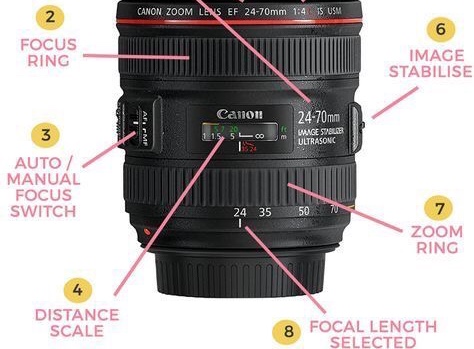
6-Lens Selection–
One of the great things about buying a DSLR camera is that you can change the lens to suit the shot at hand. But it can be daunting to choose a few from the hundreds of different lenses on the market. Knowing when to use which lens will help you create compelling images.
Some factors you have to keep in mind when buying a lens
1. Focal Length
2. Aperture
3. Lens Mount / Format
4. MTF Chart
5. Budget
For Photography you might need some of these lenses
Fish eye lens-
An amazing world in 180 degrees : a fish eye lens that goes beyond the limits of human vision and delights the eye. Incidentally, the name fisheye was first applied to this type of lens because this is how a fish underwater sees the outside world when it looks up, an effect which is related to the ratio of refraction of light. Used skillfully, this lens can open unique vistas of expressive possibilitiy, as well as being able to act as an ultra-wide-angle lens. The front glass of the lens bulges out. This bulging shape gives a distortion around the corner of the image. Fisheye lenses are also used for scientific photography such as recording of aurora and meteors, and to study plant canopy geometry and to calculate near-ground solar radiation. They are also used as peephole door viewers to give the user a wide field of view.These are of focal length 10mm, 14mm and so on.
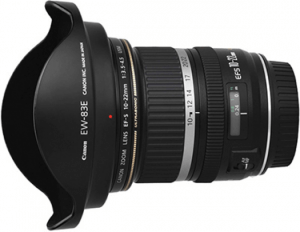
Wide angle lens– Extreme depth of field. Captures a wider view of a scene than the human eye can see. A wide angle lens is one which is less than 50mm. A f2.8 or lower aperture wide angle lens is good for indoor hand held shooting.
This lens is useful for photographing very wide perspective images from a close distance. This lens can be great for outdoor shooting when you want to give a sense of the vast size of a location — a sweeping mountain range or a towering skyscraper. You’ll find a wide-angle lens is also useful when trying to get a group shot of a lot of people in a little room. Many photographers shoot wildlife, landscapes, weddings, architecture, sport and street photography with this lens.
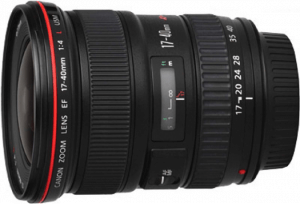
Standard lens– The standard lens will never let you down with its endless possibilities. Photographs taken with a standard lens have a natural angle of view and an undistorted feeling of distance.
A 50mm lens is the most commonly used standard lens. However, there are other varieties like 85 mm, which is best for portraits. Then there is the 35mm which is suited for street photography.
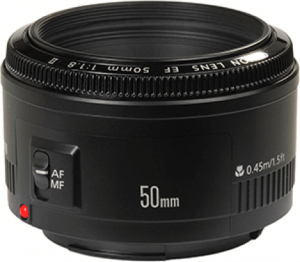
TELEPHOTO LENS- Any lens of focal length longer than 50mm is called as a telephoto lens. Such lenses allows you to zoom in on or magnify subjects that are far away, making them look closer. They also have a narrow depth of field. They are very useful for fast shooting. They are also used to click distant pictures like astrophotography.
These can be fixed focal length (Prime) or zoom lenses.
The Prime lenses- The focal length of these lenses is fixed. There is no option to zoom in or out. Fixed lenses has only a focus ring. You have to move around the subject to get the best frame. Best suited for Wildlife, Street and portrait photography.
The zoom lenses- allow you to select the magnification that’s right for your subject or scene. You can adjust the focal length to capture candid photos of a birthday party in your yard or focus in on a single child. The higher the maximum focal length, the further away you’ll be able to see.
A focal length of range 50-300 is most suitable for any beginner. Best suited for Landscape, Street, Portraits, Close-ups, Product/Food, Wildlife (mammals), Birds (limited), Travel, Wedding/Events, Candid and for general photography.
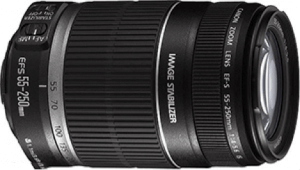
Medium telephoto lens-A focal length of 100 to 400mm is medium telephoto lens.
– Good for Street, portraits, close-ups, Wildlife, Birds (limited), Travel, Sports, Candid photography.
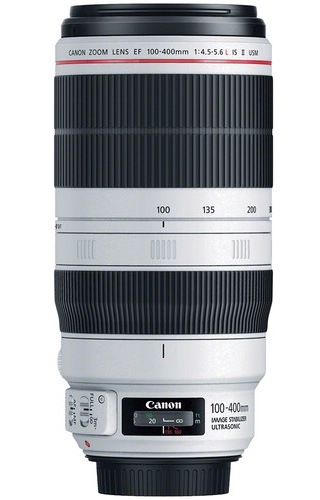
Super Telephoto Lenses-
A super telephoto lens can bring life to any picture. These lenses deliver shots which are both photogenic and have strong visual impact, such as a close-up of the focused concentration of a runner’s expression on the starting line or just the right way to frame the color and texture of a far-off mountaintop. They are also excellent for photographing wild animals in the jungle and are also often used in astrophotography. These are the big lenses like 200-400 mm, 500mm, 600mm and the 800mm.
– They are expensive, but are best suited for Wildlife, Birds, Sports, Candid and even close-ups (shooting from far distance).
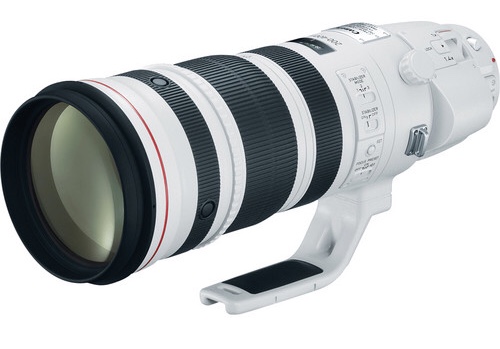
200-400 mm
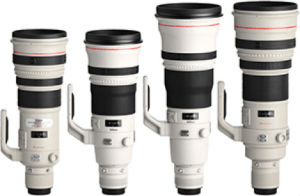
Zoom lens– A zoom lens has the flexibility of multiple focal length and It is like having several single focal length lenses in one lens. These lenses are great for weddings.
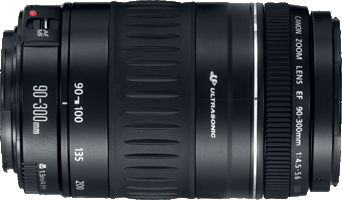
MACRO LENS– These are specialised lens which can focus at very close range and provide extremely good details. Lets you get really close to your subject — most of the time mere inches away — but still get crisp and clear photos. It’s designed for taking closeups of the bright petals of flowers, like dewdrops on leaves or colours on the wings of a butterfly and other subjects where you’ll really want to show the texture. This lens can also be used for jewellery photography. Macro lenses usually come in fixed focal lengths, and can also be a great choice for shooting portraits, as the model can relax and achieve a more natural expression, without having to think about the camera in his or her face. This lens can even be used in everyday photography.
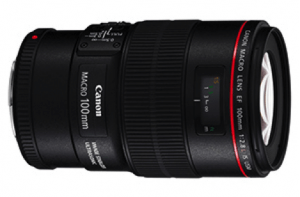
Invest more in lens than camera. You can upgrade your camera body as technology improves.
Based on your budget, decide the camera/lens most suitable for you.
7-Teleconverters– are means of acquiring extra focal length. They are an inexpensive alternative to buying super-telephoto lenses. They fit between your existing lens and the camera body, and increase focal length by a factor of 1.4x, 1.5x, 2x or 3x, depending on the model used. For example a 300mm lens with a 2x teleconverter will give you a focal length of 600 mm. The minimum focusing distance of a lens is unaffected by the addition of a teleconverter, which can be exploited particularly in close-up and macro wildlife photography.


